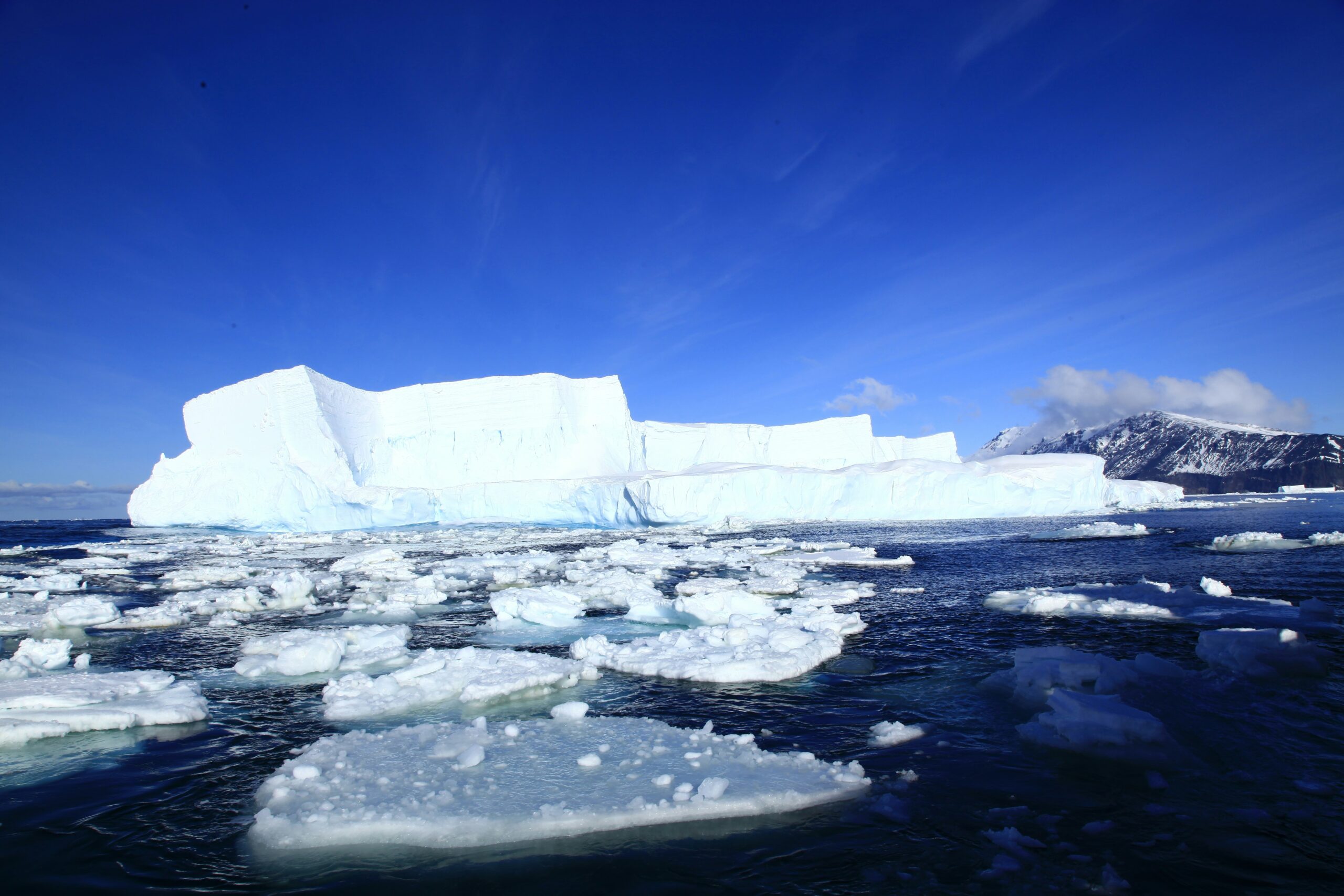The Perilous Consequences of Melting Ice: How Countries Face the Impacts
As the Earth’s climate continues to change, the effects of melting ice are becoming increasingly apparent. The melting of ice, whether it be glaciers, ice caps, or polar ice, poses significant dangers and challenges for countries around the world. In this article, we will explore the various consequences of melting ice and how it may affect different nations.
The Rising Sea Levels
One of the most immediate and concerning effects of melting ice is the rise in sea levels. As ice melts, the water flows into the oceans, causing them to expand. This expansion, combined with the addition of water from melting glaciers and ice sheets, leads to a rise in sea levels. The consequences of rising sea levels are dire, particularly for countries with low-lying coastal areas.
Small island nations like the Maldives and Tuvalu are at great risk of being submerged entirely, as even a slight increase in sea levels can have devastating consequences. Coastal cities such as Miami, Shanghai, and Mumbai are also vulnerable to flooding and increased storm surges.
Changing Weather Patterns
Melting ice also affects global weather patterns. The release of massive amounts of freshwater into the oceans can disrupt the ocean currents, leading to changes in weather systems. This can result in more frequent and intense storms, heatwaves, and droughts in certain regions.
For example, the melting of Arctic ice can alter the polar jet stream, a high-altitude wind that influences weather patterns in the Northern Hemisphere. This disruption can lead to colder winters and hotter summers in some areas, affecting agriculture, water resources, and the overall health of the ecosystem.
Loss of Biodiversity
The melting of ice has severe implications for the delicate ecosystems that rely on these frozen environments. Polar regions, such as the Arctic and Antarctica, are home to unique species that have adapted to survive in these extreme conditions. As the ice melts, these species face the risk of losing their habitats and food sources.
Polar bears, for instance, depend on sea ice to hunt seals. With the decline in sea ice, their hunting grounds are shrinking, leading to food scarcity and population decline. Similarly, penguins in Antarctica rely on stable ice platforms for breeding and raising their young. The loss of ice jeopardizes their ability to reproduce and survive.
Impacts on Water Resources
Melting ice also affects freshwater resources, which are essential for human consumption, agriculture, and industry. Glaciers act as natural reservoirs, storing water during the colder months and releasing it slowly during the warmer months.
As glaciers melt, the water supply becomes unpredictable, leading to water scarcity during dry periods and an increased risk of flooding during heavy rainfall. Countries that rely on glacial meltwater for their water supply, such as Peru, Nepal, and Bhutan, are particularly vulnerable to these changes.
The Urgency for Global Action
The dangers posed by melting ice are not limited to a few countries or regions; they have far-reaching consequences for the entire planet. The impacts of rising sea levels, changing weather patterns, loss of biodiversity, and water resource challenges require urgent global action.
International cooperation is crucial to mitigate the effects of melting ice and reduce greenhouse gas emissions. Countries must work together to limit global warming, transition to renewable energy sources, and implement sustainable practices.
Furthermore, vulnerable countries need support and assistance to adapt to the changes that are already occurring. This includes investing in infrastructure to protect coastal areas, implementing measures to conserve water resources, and supporting the conservation of fragile ecosystems.
In conclusion, the dangers associated with melting ice are a pressing concern for countries worldwide. The rise in sea levels, changing weather patterns, loss of biodiversity, and impacts on water resources all demand immediate attention. By acknowledging the severity of these challenges and taking decisive action, we can work towards a more sustainable and resilient future for ourselves and generations to come.

